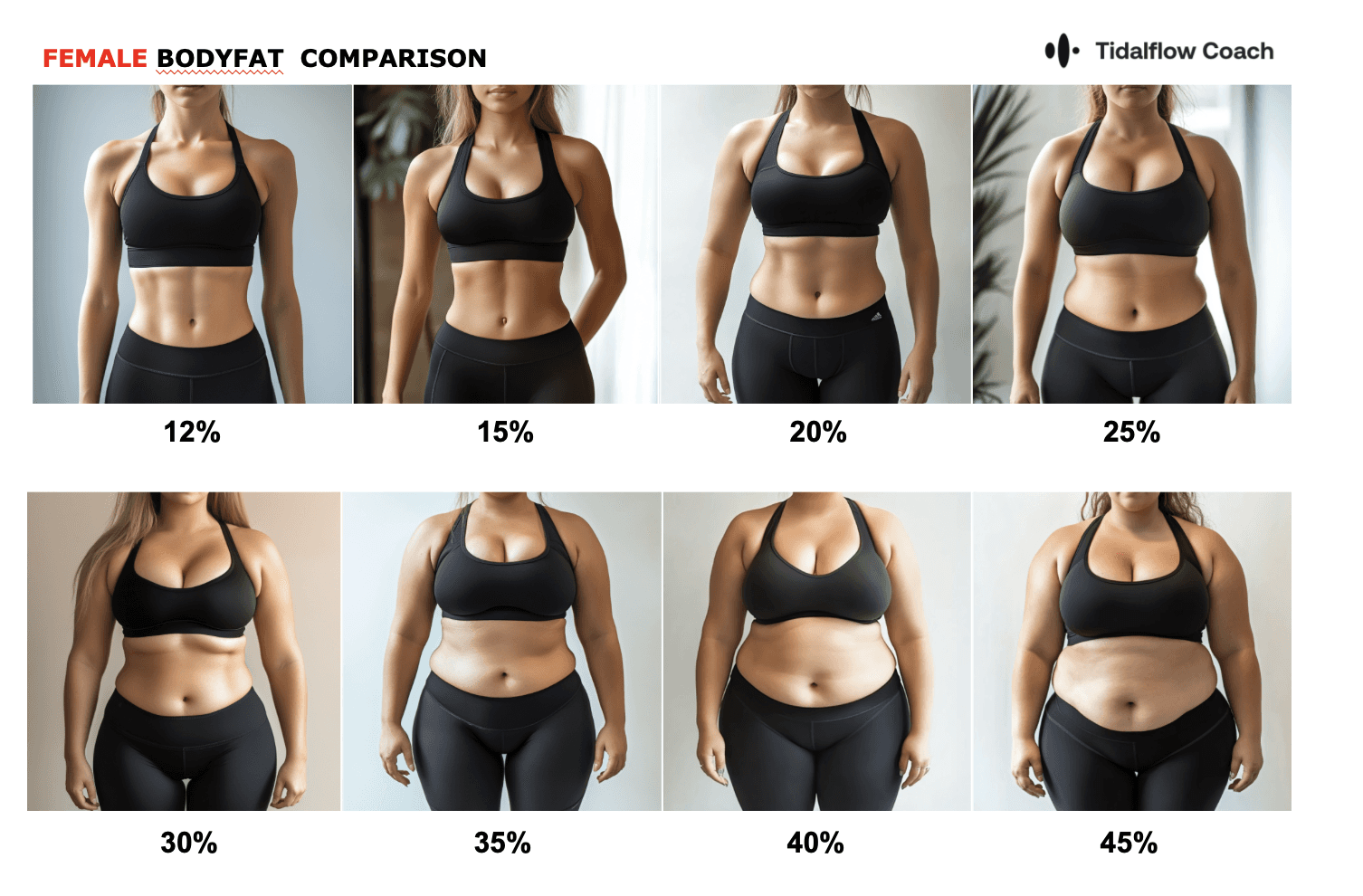The Metabolic Confusion Diet: A Comprehensive Guide
Sep 27, 2024
In the ever-evolving world of weight loss strategies, the metabolic confusion diet has gained significant attention. This unique approach to eating promises to boost your metabolism and accelerate fat burning by varying calorie intake. But does it live up to the hype? In this comprehensive guide, we'll explore the ins and outs of the metabolic confusion diet, its potential benefits, drawbacks, and how it compares to other popular dieting methods.
What is the Metabolic Confusion Diet?
The metabolic confusion diet, also known as calorie shifting or calorie cycling, is an eating pattern that alternates between high-calorie and low-calorie days. The theory behind this approach is that by constantly changing your calorie intake, you can "confuse" your metabolism and prevent it from adapting to a set calorie level, which can sometimes lead to weight loss plateaus.
How Does It Work?
Unlike traditional diets that maintain a consistent calorie deficit, the metabolic confusion diet involves:
Alternating between high and low-calorie days
Varying macronutrient ratios (proteins, carbs, and fats)
Changing meal timing and frequency
This variation is thought to keep the body guessing, potentially leading to increased fat burning and preventing metabolic slowdown often associated with long-term calorie restriction.
Example of a Metabolic Confusion Diet Plan
A typical metabolic confusion diet might look like this:
Monday (Low-calorie day): 1,200 calories
Tuesday (High-calorie day): 2,000 calories
Wednesday (Low-calorie day): 1,200 calories
Thursday (High-calorie day): 2,000 calories
Friday (Low-calorie day): 1,200 calories
Saturday (High-calorie day): 2,000 calories
Sunday (Moderate-calorie day): 1,600 calories
It's important to note that these calorie levels are just examples and should be adjusted based on individual factors such as age, gender, weight, height, and activity level.
Does Metabolic Confusion Really Work?
The effectiveness of the metabolic confusion diet is a topic of debate among nutrition experts. While some proponents claim significant weight loss results, scientific evidence supporting its long-term efficacy is limited.
Some potential benefits of the metabolic confusion diet include:
Increased flexibility compared to traditional calorie-restricted diets
Potential prevention of metabolic adaptation to prolonged calorie restriction
Reduced feelings of deprivation due to regular high-calorie days
However, it's crucial to approach these claims with caution. The human body is highly adaptable, and the idea that you can "confuse" your metabolism is somewhat oversimplified. Weight loss ultimately comes down to creating a calorie deficit over time, regardless of how those calories are distributed.
Metabolic Confusion vs. Intermittent Fasting
While the metabolic confusion diet shares some similarities with intermittent fasting, they are distinct approaches:
Calorie Intake: Metabolic confusion focuses on varying calorie levels, while intermittent fasting typically involves periods of eating and fasting.
Timing: Intermittent fasting often restricts eating to specific time windows, whereas metabolic confusion is more concerned with calorie amounts than timing.
Metabolic Effects: Both approaches aim to influence metabolism, but through different mechanisms.
How Many Carbs for Metabolic Confusion?
The metabolic confusion diet doesn't specify exact macronutrient ratios, including carbohydrate intake. Instead, it encourages varying your macronutrient balance along with your calorie intake. However, a general guideline might be:
Low-calorie days: 30-40% of calories from carbs
High-calorie days: 45-55% of calories from carbs
Remember, these are just suggestions, and individual needs may vary. It's always best to consult with a nutrition professional for personalized advice.
Duration of the Metabolic Confusion Diet
There's no set duration for following the metabolic confusion diet. Some people use it as a short-term strategy to break through weight loss plateaus, while others adopt it as a long-term eating pattern. As with any diet, it's essential to listen to your body and assess your progress regularly.
A common approach is to follow the diet for 4-6 weeks, then evaluate your results. If you're seeing positive changes and feeling good, you might continue. If not, it may be time to explore other options or consult with a healthcare professional.
Potential Benefits of Metabolic Confusion
While research on the specific benefits of metabolic confusion is limited, proponents suggest several potential advantages:
Weight Loss: By creating an overall calorie deficit while potentially preventing metabolic adaptation, the diet may support weight loss efforts.
Increased Metabolic Rate: Varying calorie intake might help maintain a higher resting metabolic rate compared to consistent calorie restriction.
Improved Insulin Sensitivity: Some studies on calorie cycling suggest it may have positive effects on insulin sensitivity.
Greater Diet Adherence: The flexibility of high-calorie days may make the diet easier to stick to long-term compared to strict calorie restriction.
Preservation of Lean Mass: By including higher calorie days, the diet may help preserve muscle mass better than continuous low-calorie diets.

Potential Drawbacks and Considerations
Despite its potential benefits, the metabolic confusion diet isn't without drawbacks:
Complexity: Constantly varying calorie intake and macronutrient ratios can be challenging to maintain and may require significant planning.
Risk of Overeating: Some people might find it difficult to control their intake on high-calorie days, potentially negating the calorie deficit created on low-calorie days.
Nutritional Concerns: Without proper planning, the diet could lead to nutrient deficiencies, especially on low-calorie days.
Lack of Long-term Research: There's limited scientific evidence supporting the long-term effectiveness and safety of metabolic confusion.
Not Suitable for Everyone: This approach may not be appropriate for individuals with certain health conditions or a history of disordered eating.
Implementing the Metabolic Confusion Diet
If you're considering trying the metabolic confusion diet, here are some tips for implementation:
Calculate Your Calorie Needs: Use a reliable calorie calculator to determine your baseline calorie needs.
Plan Your Cycle: Decide on your high and low-calorie days. A common approach is to alternate daily or follow a 5:2 pattern (5 normal days, 2 low-calorie days).
Focus on Nutrient-Dense Foods: Prioritize whole foods like lean proteins, fruits, vegetables, whole grains, and healthy fats to ensure adequate nutrition.
Stay Hydrated: Drink plenty of water, especially on low-calorie days.
Incorporate Exercise: Regular physical activity can enhance the diet's effects and support overall health.
Monitor Your Progress: Keep track of your weight, measurements, and how you feel to assess the diet's effectiveness.
Listen to Your Body: If you experience negative side effects or extreme hunger, reconsider your approach.
Metabolic Confusion and Exercise
Exercise plays a crucial role in any weight loss or body composition improvement plan, including the metabolic confusion diet. Here are some ways to incorporate exercise:
Strength Training: Build and maintain muscle mass, which can boost your metabolism.
High-Intensity Interval Training (HIIT): These workouts can increase metabolic rate and fat burning.
Cardiovascular Exercise: Supports heart health and burns additional calories.
Active Recovery: On low-calorie days, consider lighter activities like yoga or walking.
Remember to adjust your calorie intake based on your activity level to ensure you're fueling your body appropriately.
Is the Metabolic Confusion Diet Right for You?
Deciding whether to try the metabolic confusion diet depends on various factors, including your current health status, lifestyle, and weight loss goals. Here are some considerations:
If you've struggled with traditional diets in the past, the flexibility of metabolic confusion might be appealing.
If you enjoy variety in your eating patterns and don't mind tracking calories, this approach could be a good fit.
If you have a history of disordered eating or struggle with portion control, a more structured eating plan might be better.
If you have any underlying health conditions, consult with a healthcare professional before starting this or any new diet.
Conclusion
The metabolic confusion diet offers an intriguing approach to weight loss and metabolic health. While it may provide benefits for some individuals, it's important to remember that there's no one-size-fits-all solution to weight management. The most effective diet is one that you can sustain long-term and that supports your overall health and well-being.
If you're considering trying the metabolic confusion diet, it's wise to consult with a healthcare professional or registered dietitian. They can help you determine if this approach is suitable for your individual needs and guide you in implementing it safely and effectively.
Remember, sustainable weight loss and improved health come from a combination of balanced nutrition, regular physical activity, adequate sleep, and stress management. Whether you choose to try metabolic confusion or another approach, focus on developing healthy habits that you can maintain for life.
You should not have to do it all on your own












